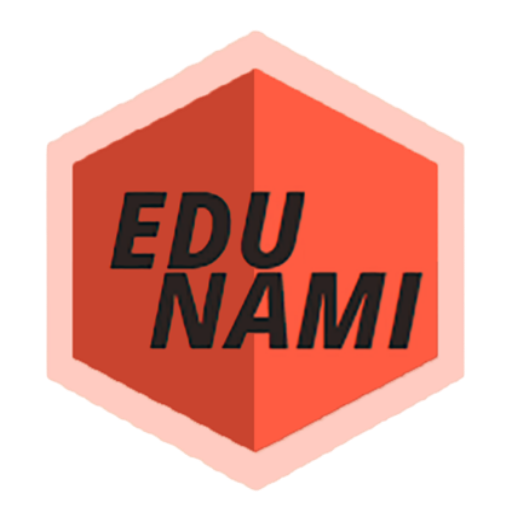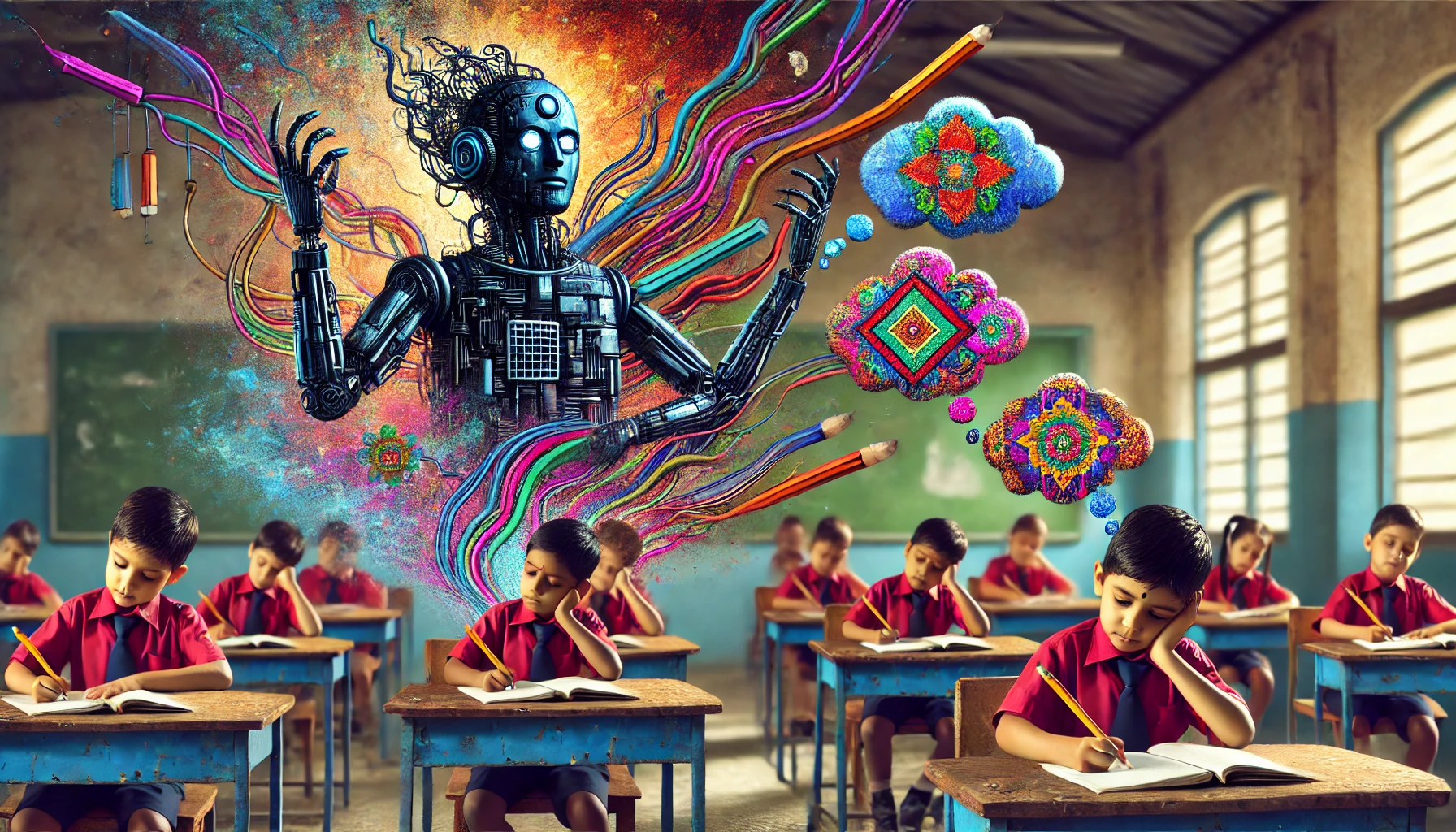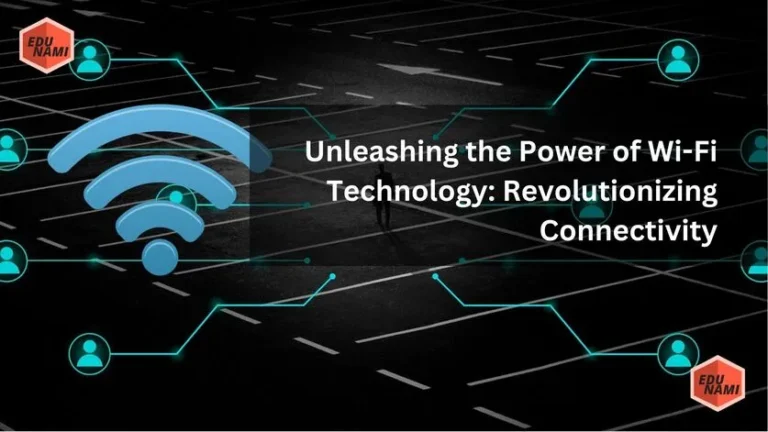“Thinking is the hardest work there is, which is probably the reason why so few engage in it.”
— Henry Ford
In the age of automation and artificial intelligence, the world is witnessing a silent war — not with weapons, but with minds. As Artificial Intelligence becomes increasingly sophisticated, it is subtly infiltrating the natural creative processes of human beings. Nowhere is this more impactful — and dangerous — than in the young, developing minds of India’s vibrant and aspiring youth.
The Rise of AI: A Double-Edged Sword
Artificial Intelligence is designed to make our lives easier. It can write poetry, generate art, solve complex problems, and even crack jokes. But in doing so, it is quietly outsourcing what should be the most sacred human process — thinking.
In a society like India, where innovation often blooms from constraint, where creativity flows through daily struggle, and where every street corner hosts a potential artist, thinker, or dreamer — AI poses a psychological threat. Why think hard, when a machine can think for you?
Indian Youth: Once Dreamers, Now Scrollers?
Walk into any classroom, and you’ll find students more curious about “ChatGPT answers” than understanding how an answer is formed. Young creatives who once spent hours sketching, writing, composing, or brainstorming ideas are now asking AI tools to “generate something cool.”
This shift is dangerous for a developing country like India — a land whose power lies not just in population, but in imagination.
Indian minds gave the world:
- Zero and the decimal system
- Ayurveda and Yoga
- Classical art forms and folk traditions
- Innovators like Dr. A.P.J. Abdul Kalam, Satyajit Ray, and C.V. Raman
What happens when we start replacing effort with algorithms?
The Silent Impact: Dependency Over Discipline
AI is fast becoming a mental shortcut. And while shortcuts are tempting, they often rob us of the journey. The process of thinking, failing, rebuilding, and finally creating is where true intelligence is born. For Indian students and creators, this is not just about missing steps — it’s about missing identity.
With AI, a student no longer struggles to write an essay.
With AI, a designer no longer explores hundreds of drafts.
With AI, a coder no longer spends sleepless nights debugging.
Convenient? Yes.
Empowering? Temporarily.
Sustainable? Not without conscious thinking.
The Creative Brain vs Artificial Mind
A machine doesn’t dream.
A machine doesn’t feel heartbreak.
A machine doesn’t get goosebumps while listening to a raag at dawn.
But a human does. Especially an Indian — raised in a culture of emotion, expression, and evolution.
If we stop nurturing that raw emotional and imaginative fire, and instead rely entirely on structured, learned patterns of AI — we’ll lose the “jugaad” mindset that has made Indian innovations unique across the globe.
What Needs to Change?
Here are a few strong actions we must take:
- Limit AI use in early learning
Encourage children to think, ask, imagine, and explore before they’re allowed to use AI tools. - Promote Thinking-Based Learning
Schools and colleges should move from memory-based tests to thinking challenges, idea competitions, and problem-solving scenarios. - AI as a Tool, Not a Crutch
Teach students how to use AI as a support system, not a substitute. Just like a calculator doesn’t replace math understanding, AI shouldn’t replace the creative process. - Inspire Real-World Creativity
Push students to build things with hands, write with their heart, and fail with their minds — because failure is the first draft of greatness.
Conclusion: Protect the Indian Brain, Preserve the Indian Flame
India doesn’t need millions of AI-dependent minds. It needs millions of original thinkers who use AI with purpose, not dependence. We need to nurture a generation that knows how to think before they ask AI what to think.
Artificial Intelligence is not the enemy. But artificial thinking is.
Let’s protect the fertile minds of our nation. Let’s raise creators, not just users.







